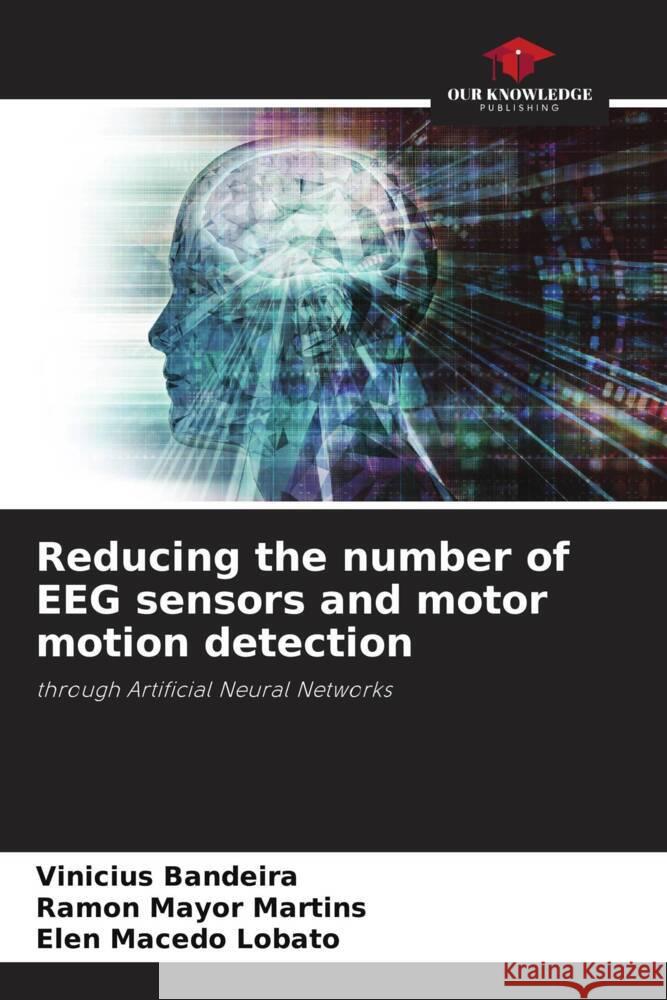Reducing the number of EEG sensors and motor motion detection » książka
Reducing the number of EEG sensors and motor motion detection
ISBN-13: 9786204695532 / Angielski / Miękka / 52 str.
In recent years the studies in artificial intelligence and machine learning have been very widespread and therefore it is already common to see in many places pattern recognition algorithms being used, whether in an advertisement that you receive from a store, a chatbot that learns from mistakes made or in autonomous cars Google and Tesla. This work aims to recognize patterns of voluntary movements through artificial intelligence using voltage data from the brain and captured via electroencephalography (EEG). In this sense it is also proved that it is possible to pre-process the EEG signals, reducing the processing effort of the system, reducing the number of channels to be analyzed without damaging the recognition of patterns. In this scope it was possible to reduce the number of sensors from 64 to 18, reaching 72% of accuracy in the best case - which can be varied to 73% by manipulating the Artificial Neural Network (ANN). Thus, it is possible to prove that analyses based on signal theories generate satisfactory results with respect to the classification error











